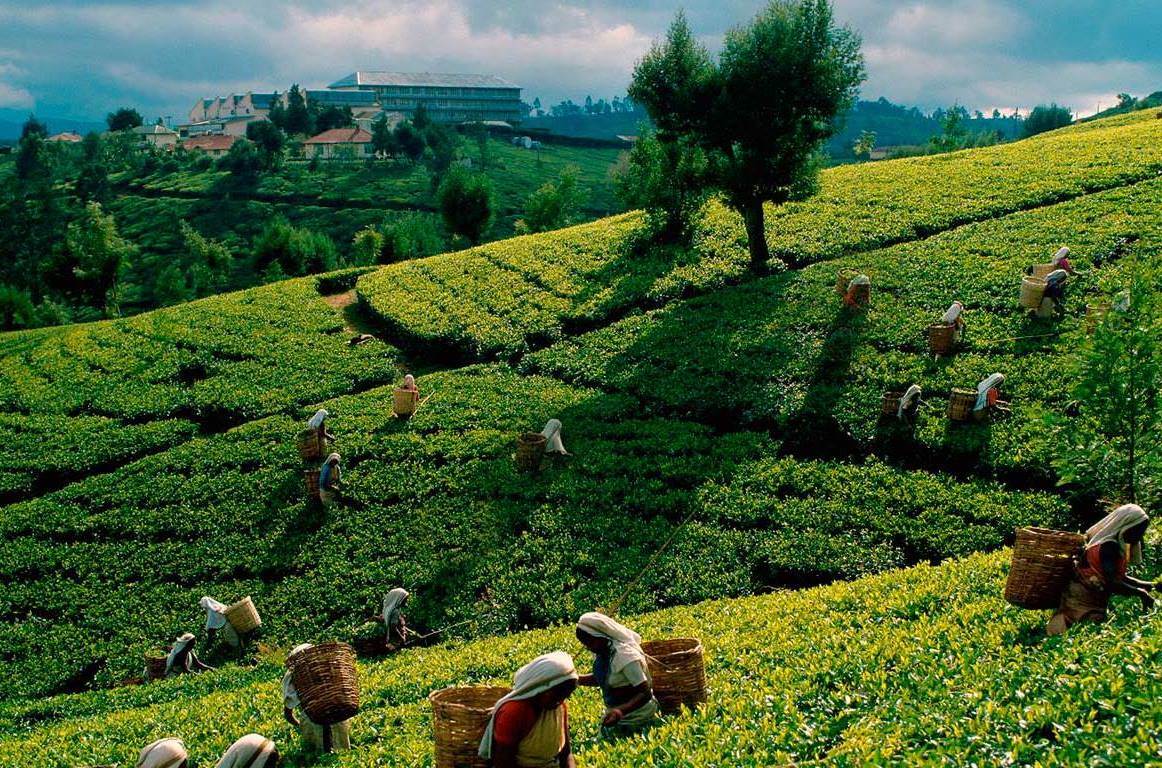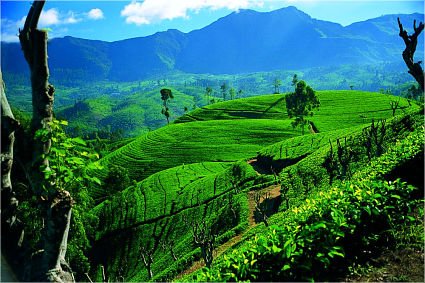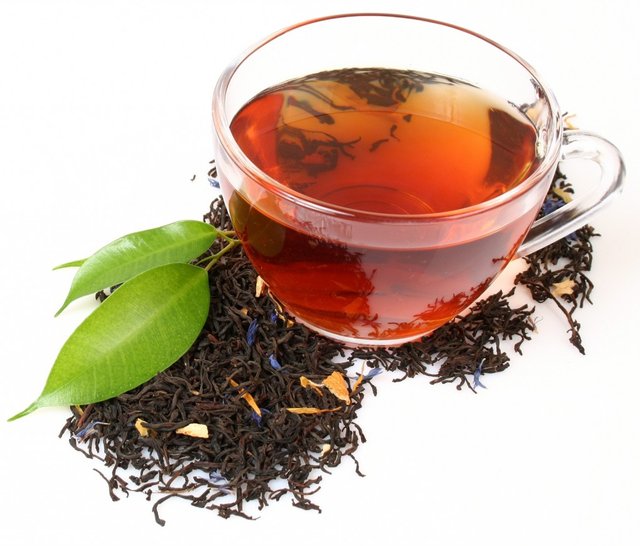How they produce Ceylon tea- Celestial challenge Saturday agriculture.
Ceylon Tea from Sri Lanka:

The taste that is familiar and loved by many is Ceylon tea. It was supplied and delivered today to all CIS countries, and in general to 145 states, accounting for 10% of the total exported product. In Sri Lanka, several varieties of black and green tea are grown, and under the camellia plantations, all the mountainous areas of the island and the southern plains are occupied, amounting to more than 200,000 hectares of green shrubs.
Plantations and producers:

In Sri Lanka, tea began to grow since the 70s of the 19th century, after all the coffee plantations were destroyed by parasites. The pioneer in this business was Scotsman by origin James Taylor, and his method of growing and producing tea became a guide for all his followers. At that time in the UK it was fashionable to acquire picturesque estates on the island, so many enterprising English people combined business with pleasure, resting and setting up business. Another bright representative of the tea business was Sir Thomas Lipton, whose tea brand is still very popular in the world.
Ceylon tea from Sri Lanka is a classic black tea that is made according to traditional technology. Green tea is also produced on the island, but its share is small, as well as quality.
The tea plantations of the island stretch on the foothills, highlands and plains in the south of the country. There are several tea regions, for which certain types of tea are characteristic.

Nuwara Eliya is a high mountain region where the best black tea is grown. He always gives a light infusion, a mild flavor with a light aroma of spices, cypress and wild herbs.
Pussebal Uda - here the plantations are distributed between levels of 1600-1800 m. Produce a product of tender taste and moderate strength.
Dimbula - climatic zone, located at an altitude of 1000 to 1650 meters with high humidity due to monsoon rains. Here, tea is also distinguished by a moderate strength, but with a pronounced tart taste.
Uva - plantations are spread here within 900 - 1500 meters. This is a medium-quality tea, which is produced for the purpose of further blending.
Kandy - from the plantations of this region gather strong classical tea, it shows its best qualities in combination with milk
Ruhuna - they gather a strong rich tea with a light sweetness. The product is of medium quality and a similar price.
All firms engaged in growing and selling tea, located on the island, it is very difficult to list. This is a huge number of factories, where tea production is established both in an old traditional way and using the latest technologies.

The best producers whose products are highly valued in the world market are Mlesna Tea, Hyson, Basilur and Gilbert Premium Tea. They are owners of large plantations, which are at the origin of the tea business. All of their products are the bearer of a special symbol - a lion with a sword (pictured), which confirms the high quality of the Ceylon product. This mark is issued by the Government of Sri Lanka only to those companies that produce and pack tea within the island.
Images -
https://serendib-tea.org/2017/04/11/serendib-gold-serves-ozone-friendly-world-2/
http://www.ft.lk/article/525739/Tea--Boom-and-gloom
http://www.alltimetea.com.au/the-health-benefits-of-ceylon-tea/